Computational Thinking Worksheets Results
Computational Thinking: What and Why? - Carnegie Mellon University
Benefits of Computational Thinking . Computational thinking is the new literacy of the 21st Century. It enables you to bend computation to your needs. Why should everyone learn a little computational thinking? Cuny, Snyder, and I advocate these benefits [CunySnyderWing 10]: Computational thinking for everyone means being able to
https://url.theworksheets.com/6gop72 Downloads
Preview and Download !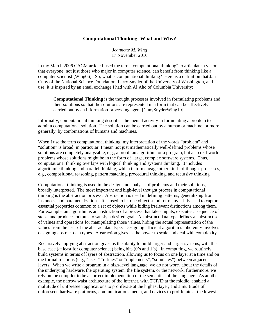
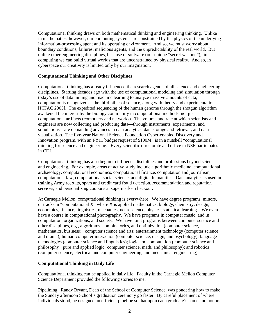
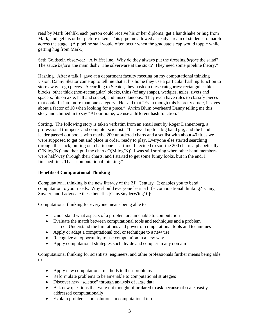
COMPUTATIONAL THINKING CONCEPTS 2 - Colorado State University
Computational thinking is deeply intertwined with the practice of modeling complex systems (National Research Council, 2012; Sengupta et al., 2013). Modeling is a process of abstracting, decomposing, or simplifying a problem in order to develop explanations and
https://url.theworksheets.com/6gos67 Downloads
Preview and Download !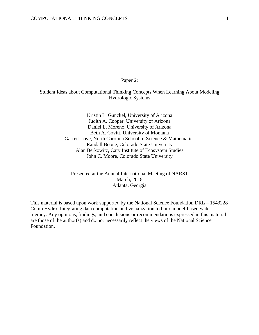
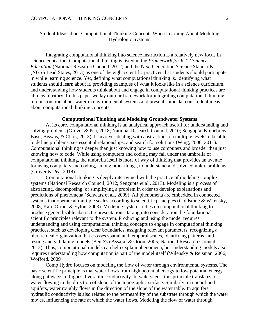

An Overview of Computational Thinking - ed
Computational thinking abilities are essentially the set of skills needed to convert complex, messy, partially defined, real-world problems into a form that a mindless computer can tackle without further assistance from a human (BCS, 2014, p.3). As such, this paper will use the definitions of abstraction, problem decomposition,
https://url.theworksheets.com/6got100 Downloads
Preview and Download !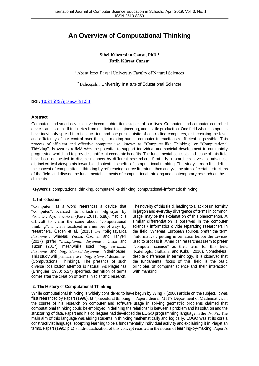
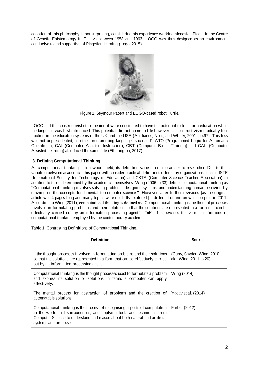
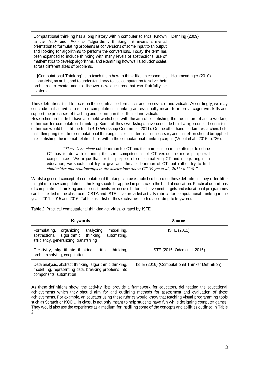
TECH TIP: Computational Thinking - The Tech Interactive
TECH TIP: Computational Thinking Computational thinking (CT) at its core is a problem-solving process that can be used by everyone, in a variety of content areas and everyday contexts. Computational thinking is an approach in which you break down problems into distinct parts, look for similarities, identify the relevant information and
https://url.theworksheets.com/6gov404 Downloads
Preview and Download !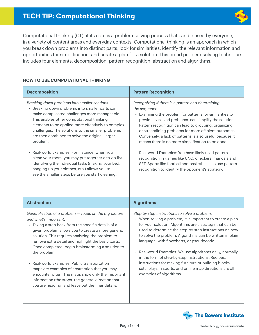
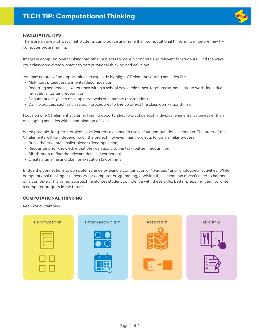
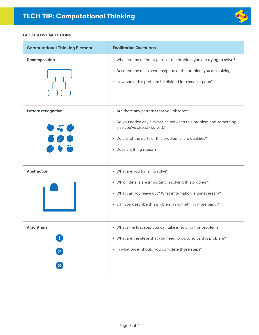
Computation and Computational Thinking - Virginia Tech
Computation and Computational Thinking 833 abstraction of reality in such a way that the neglected details in the model make it executable by a machine.” [2] As we shall see, finding or devising appropriate models of computation to formulate problems is a central and often nontrivial part of computational thinking. 3. FORCESAT PLAY
https://url.theworksheets.com/6gox202 Downloads
Preview and Download !
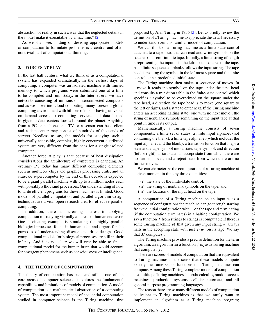
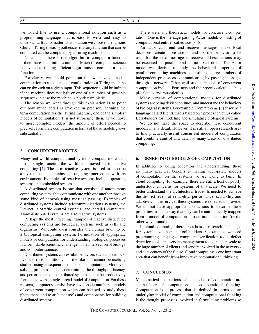
Computing Creativity: Divergence in Computational Thinking - Virginia Tech
computational thinking patterns work as pre-defined subjects within a given game’s context. The SSA structure appeared to be a good fit for comparing computational thinking patterns within student-submitted games to the tutorial standard used to teach those specific games. Consequently, SSA was revised to analyze the semantic meaning of the ...
https://url.theworksheets.com/2kh796 Downloads
Preview and Download !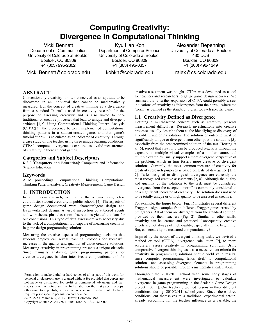
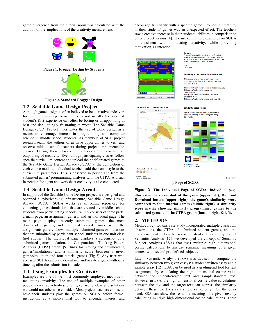
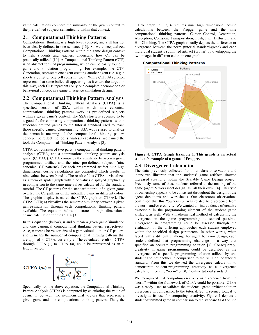
Defining Computational Thinking for Mathematics
computational thinking into mathematics and science classrooms quickly and effectively. In choosing to span mathematics and science broadly, this taxonomy defines a shared language that can be used across classrooms and departments to help students understand the crosscutting nature and broad applicability of computational thinking.
https://url.theworksheets.com/6gp364 Downloads
Preview and Download !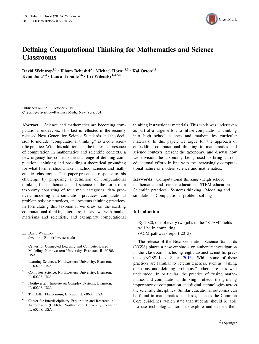
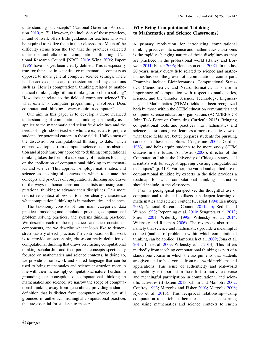
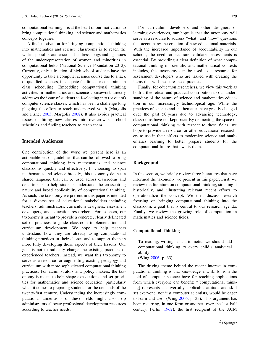
Computational Thinking Exercise 5 (Cryptography) - ETH Z
Computational Thinking Exercise 5 (Cryptography) 1 Nonce Reuse In the ElGamal digital signature scheme, why should the same random nonce never be reused for 2 different messages with the same public/secret keypair? 2 Cryptographic Hash Functions Let h 1,h 2: {0,1}∗ →−{0,1}n be two collision resistant functions. Are the following hash ...
https://url.theworksheets.com/3pug100 Downloads
Preview and Download !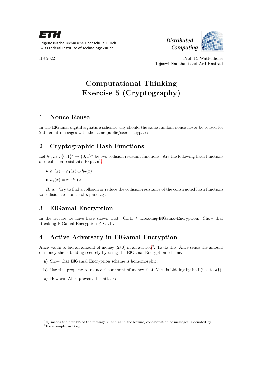


Computational Thinking in Action
What is Computational Thinking? Computational Thinking is a set of skills that underpin learning within the Digital Technologies classroom. These skills allow students to engage with processes, techniques and digital systems to create improved solutions to address specific problems, opportunities or needs. The six Computational Thinking skills:
https://url.theworksheets.com/6gp581 Downloads
Preview and Download !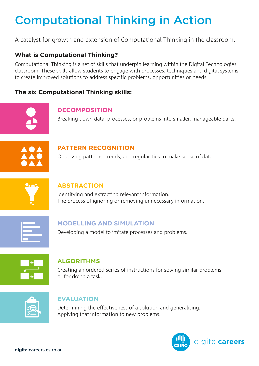


Computational Thinking in Action
Computational Thinking in Action On the slider below rate how important each Computational Thinking skill was to solving the problem? Compare Strategies Challenges and successes Other students’ strategies NOT IMPORTANT IMPORTANT BUT NOT CRITICAL CRITICAL DECOMPOSITION PATTERN RECOGNITION ABSTRACTION MODELLING AND SIMULATION ALGORITHMS EVALUATION
https://url.theworksheets.com/6gp695 Downloads
Preview and Download !


<< Previous results Next results >>